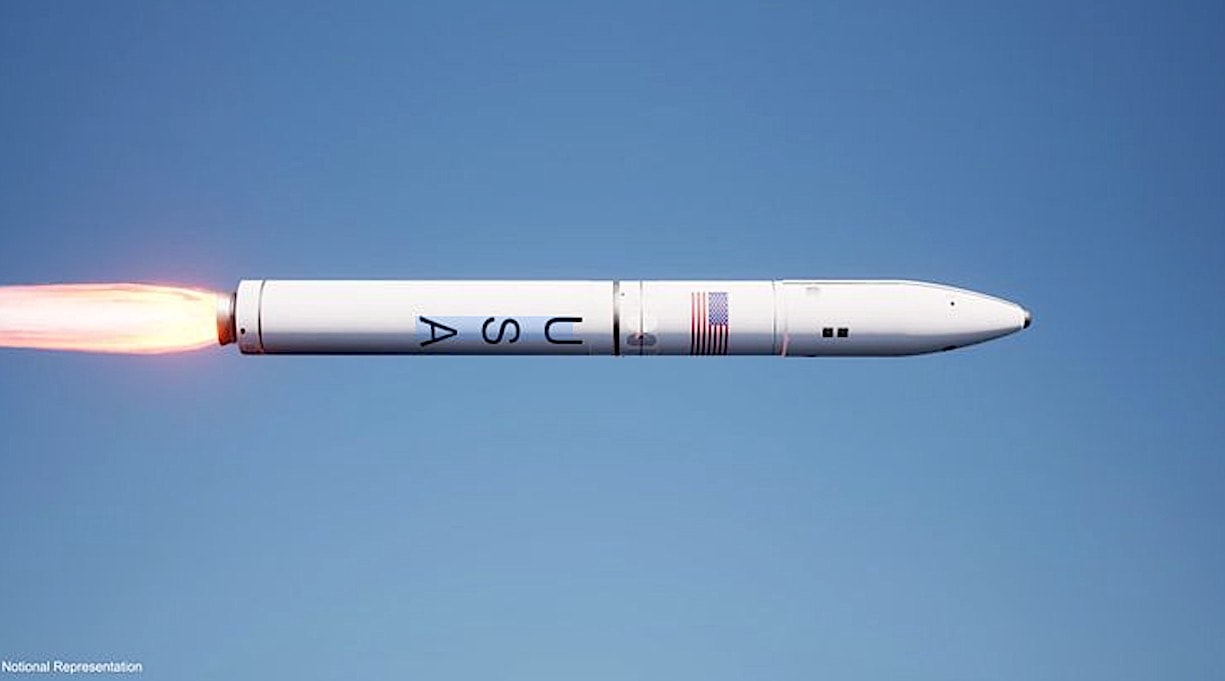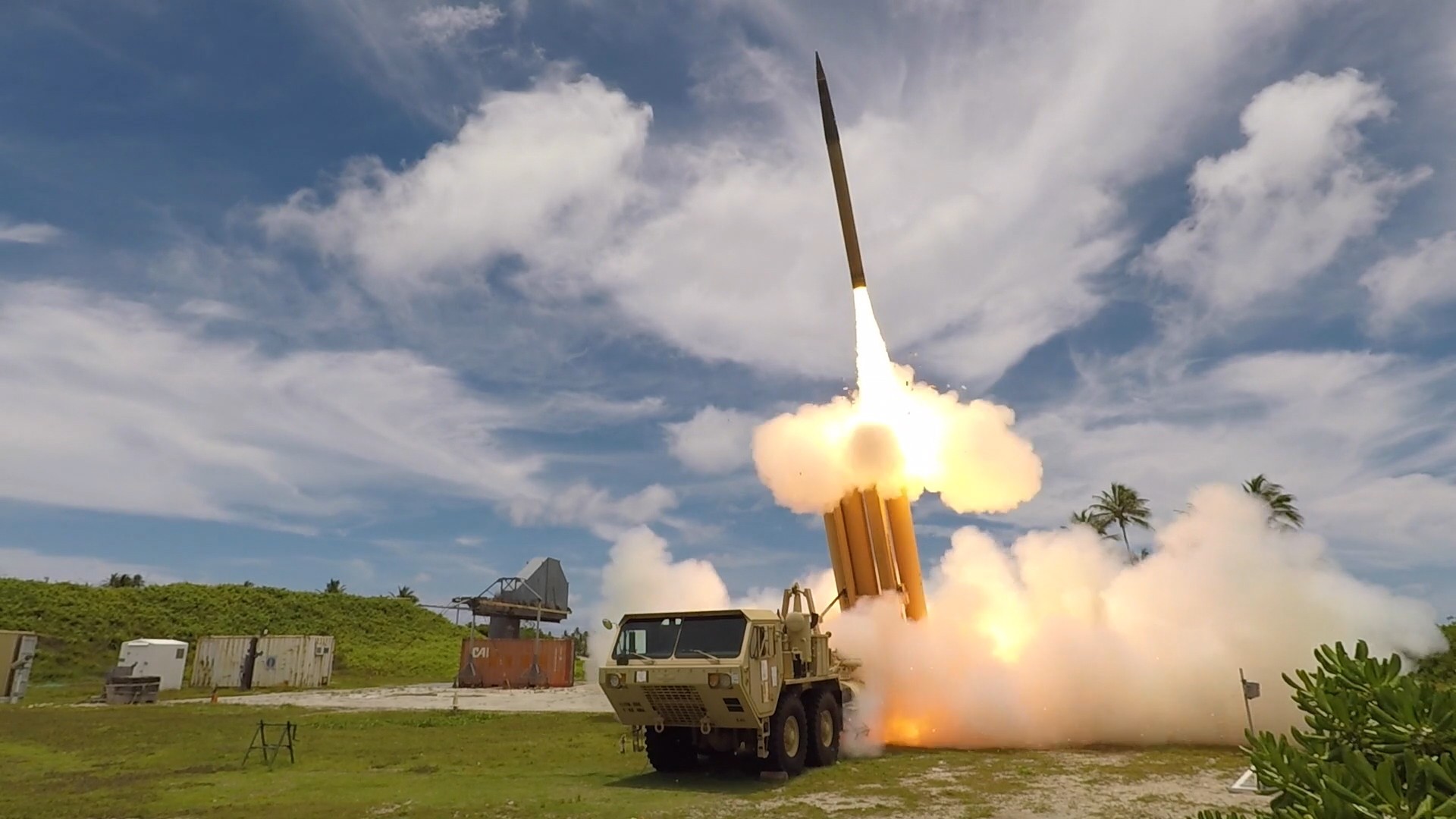The United States is developing the Next Generation Interceptor (NGI) as a ballistic missile defense system. The project, initiated in 2021 with a budget of $3.7 billion, aims to enhance the country’s defense against intercontinental ballistic missiles (ICBMs).
Led by Lockheed Martin and Aerojet Rocketdyne, the NGI builds upon the existing Ground-Based Midcourse Defense (GMD) system, incorporating advanced technologies to counter complex long-range threats. Northrop Grumman and Raytheon are also contributing to the project, developing their versions of the interceptor.

A recent milestone in the NGI development was Northrop Grumman’s delivery of the first stage three solid rocket motor (SRM) to Arnold Air Force Base in Tennessee. This crucial component will power the NGI booster, undergoing rigorous testing to ensure its effectiveness.
Lockheed Martin has also made significant progress, validating prototype communications radio technology for the system. While specific details of the interceptor remain classified, it is known to feature a three-stage booster and advanced tracking sensors for target acquisition.
The U.S. plans to deploy at least 21 NGI interceptors, launching them from silos in Ft. Greely, Alaska, and Vandenberg Air Force Base in California. Northrop Grumman aims to have the first operational NGI interceptor ready by 2027, marking a significant advancement in the country’s missile defense capabilities.

